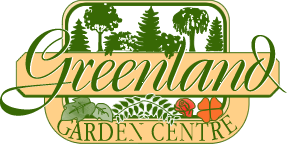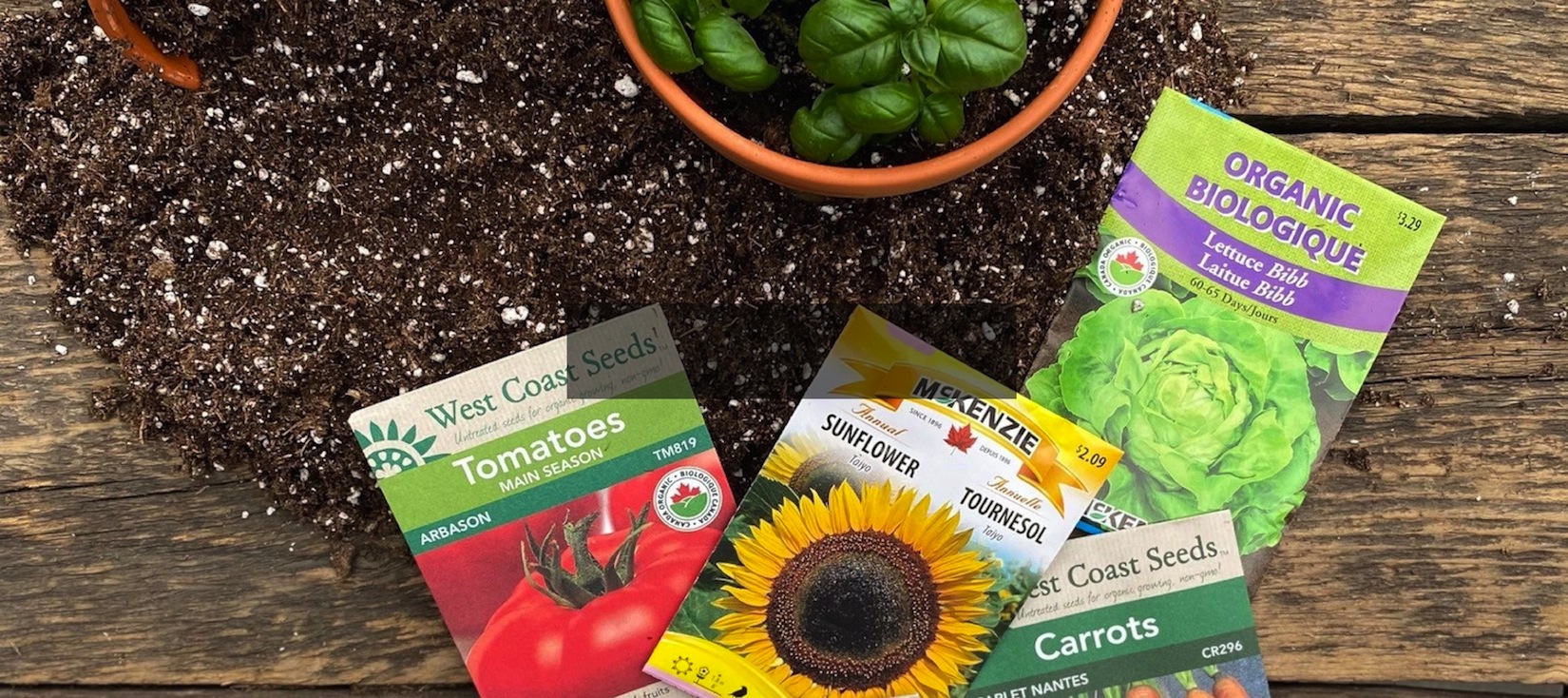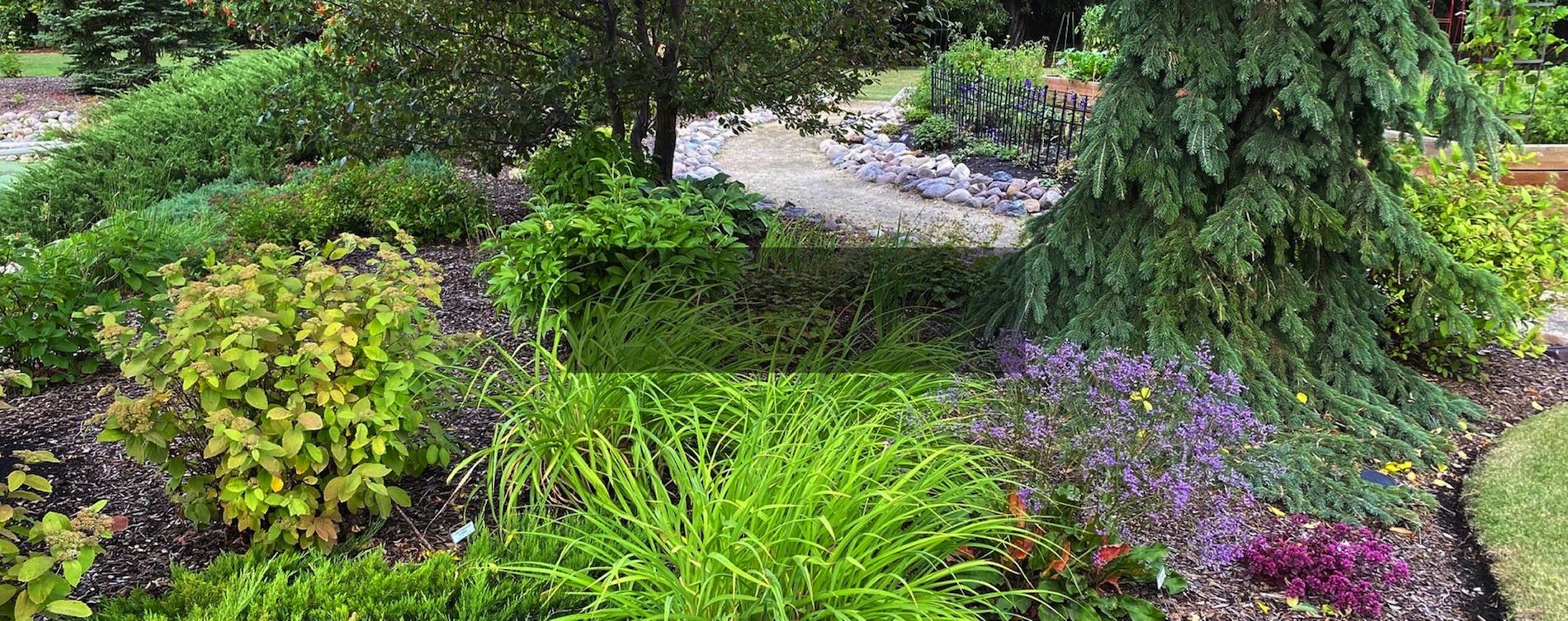Growing Tomatoes

One of the most popular veggies grown in home gardens, tomatoes are relatively easy to grow, provided you follow our terrific tomato tips below.
Seeding/Purchasing Plants
Tomatoes can be seeded indoors 8-10 weeks prior to planting out. Plant 1-2 seeds each into small (3-4”) peat pots. Planting directly into peat pots will eliminate any transplant shock in spring. Place pots into a seed tray with a humidity dome over top and check for moisture daily. Once they have germinated provide seedlings with bright light; a full spectrum light source such as a Jump Start Light Stand is economical and very easy to set up.
If choosing to purchase plants, look for tomato plants with thick, sturdy stems and dark green (not pale) foliage.
Planting
Choose a full sun location. Soil should be rich and well drained; incorporate organic material such as Sea Soil or compost before planting. Dig your hole and place bone meal, kelp meal or a high calcium granular fertilizer into the planting hole. Place plants in hole.
When planting, bury plants deeper than they come in the pot, up past the first one to two sets of leaves (remove leaves). Tomatoes are able to develop roots all along their stems, so planting deeper encourages strong root growth. Water transplants in with a solution of ProMix Root Booster. Indeterminate plants should be staked for support.
Watering
Tomatoes more than any other vegetable require consistent moisture, especially while fruit is developing. Check daily for moisture and water plants deeply when watering. Irregular watering (missing on a hot day and trying to make up for it), leads to blossom end rot of fruit (base of tomatoes turn black and mushy). In the ground, mulching plants to maintain moisture is very helpful.
Fertilizing
Tomatoes are very heavy feeders so require consistent nutrients. The bone meal or granular fertilizer used at planting should be replenished midway through the season (mid-July). These granular fertilizers will provide a slow release of nutrients over the season, but additional fertilizing with a water soluble fertilizer will be required once per week. Use a high phosphorous fertilizer such as 15-30-15,or for an organic option choose liquid kelp.

Pinch & Prune
Pinch and remove suckers that develop in the crotch joint of two branches. These stems will not bear fruit but will take energy away from the rest of the plant. When plants start to set fruit, remove leaves from the lower 12” of the plant. These lower leaves are not important to photosynthesis and removal of these leaves makes it easier to see the base of the plant when watering.
Tomatoes are often categorized by their type of fruit and growth habit. When choosing, thetype of fruit is most important, as the growth habit will merely determine the need for pruning/staking your plants. Here are the fruit types:

Grape or Cherry
Small, 1-2” fruit perfect for snacking, salads and roasting.

Cocktail
In between a cherry and slicer, these tomatoes are great for snacking, salads and stuffing.

Paste
Full of flavour, these are the go-to tomato for bruschetta, canning and sauces.

Slicer
Medium sized selections perfect for slicing.

Beefsteak
Some of the largest cultivated tomatoes around, with a meaty texture and intense, classic-tomato flavor.

Heirloom
These tomatoes can be traced down a single genetic line. Basically, they are purebreds. Heirloom tomatoes are prized for their superior taste and texture, and come in a variety of colors and sizes.
Growth Habit
Determinate – These are bushy, fairly short and grow to a certain point and then stop (their height is ‘determined’). These types of tomatoes set all their fruit at once (good for canning). They require more space in a garden and often won’t require staking or pruning.
Indeterminate – These are tall tomatoes and require sturdy staking. They keep growing and require regular pruning for higher yields and larger fruit.
Semi Determinate – This is a third type of tomato that grows well in cages or can be staked. They grow upright like indeterminate types but are much bushier. They have thick sturdy stems and crinkled dark green foliage.





